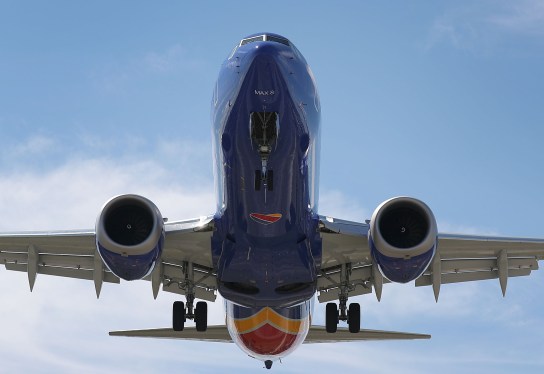Fetcherr Secures 90 Million Dollars in Funding to Implement Dynamic Pricing for Airlines

Record Revenue, Thin Margins: The Airline Industry’s Predicament
The airline industry is poised to reach record revenue this year, with projected earnings exceeding $996 billion. However, the margins remain razor-thin, leaving airlines scrambling to bolster profits. According to the International Air Transport Association (IATA), total expenses for airlines are expected to reach $936 billion, resulting in an average profit of $6.14 per passenger – approximately the cost of a latte in New York City.
The Growing Adoption of Dynamic Pricing
In an effort to boost revenues, more airlines are turning to dynamic pricing technology, which adjusts fares and amenities based on a traveler’s willingness to pay. Despite consumer backlash, 258 carriers have implemented some form of dynamic pricing as of now, up from 220 in 2022, according to the travel industry group ATPCO.
Fetcherr: A Key Player in Dynamic Pricing
One of the vendors providing infrastructure for dynamic pricing systems is Fetcherr, which launched in 2019. The app, founded by entrepreneurs Uri Yerushalmy, Roy Cohen, and Robby Nissan, utilizes AI to forecast demand for specific airline routes and generate a dynamic price, displayed to customers as they search a carrier’s website.
An Exclusive Interview with Fetcherr’s CEO
"The airline industry faces significant challenges in adopting continuous pricing," said Fetcherr’s CEO, Roy Cohen, in an interview with TechCrunch. "Traditional, outdated infrastructure and rule-based systems limit real-time adjustments and swift market adaptation… Fetcherr employs AI to generate optimal market moves, dynamically optimizing pricing and automating real-time publishing of prices."
How Fetcherr Calculates Dynamic Prices
Fetcherr, like other dynamic pricing tech, calculates prices using AI models tailored to a company’s customer demographics. These models are trained on several years’ worth of bookings, flight schedules, availability, and fares data, as well as variables such as weather and microeconomic/macroeconomic market conditions.
The Controversy Surrounding Dynamic Pricing
The increasing adoption of dynamic pricing has sparked controversy, with many consumers expressing frustration over the lack of transparency in pricing. Some argue that this technology is unfair, favoring those who are willing to pay more.
Fetcherr’s Approach to Dynamic Pricing
"We don’t have a burn rate; we have a run rate – the company is growing each year," said Cohen. "We believe in a transparent and fair approach to dynamic pricing, ensuring that our models accurately reflect market conditions and customer demand."
The Future of Air Travel: Will Dynamic Pricing Dominate?
As the airline industry continues to grapple with thin margins, it remains to be seen whether dynamic pricing will become the norm. With more airlines adopting this technology, consumers must be aware of the implications and potential consequences of this shift.
Related News
- Uber CEO Dara Khosrowshahi Resigns from Aurora’s Board: Rebecca Bellan
- Generative AI Funding Reached New Heights in 2024: Kyle Wiggers
- FTC Orders AI Accessibility Startup accessiBe to Pay $1M for Misleading Advertising: Kyle Wiggers
Subscribe to TechCrunch’s newsletters to stay up-to-date on the latest developments in AI, fintech, and more.